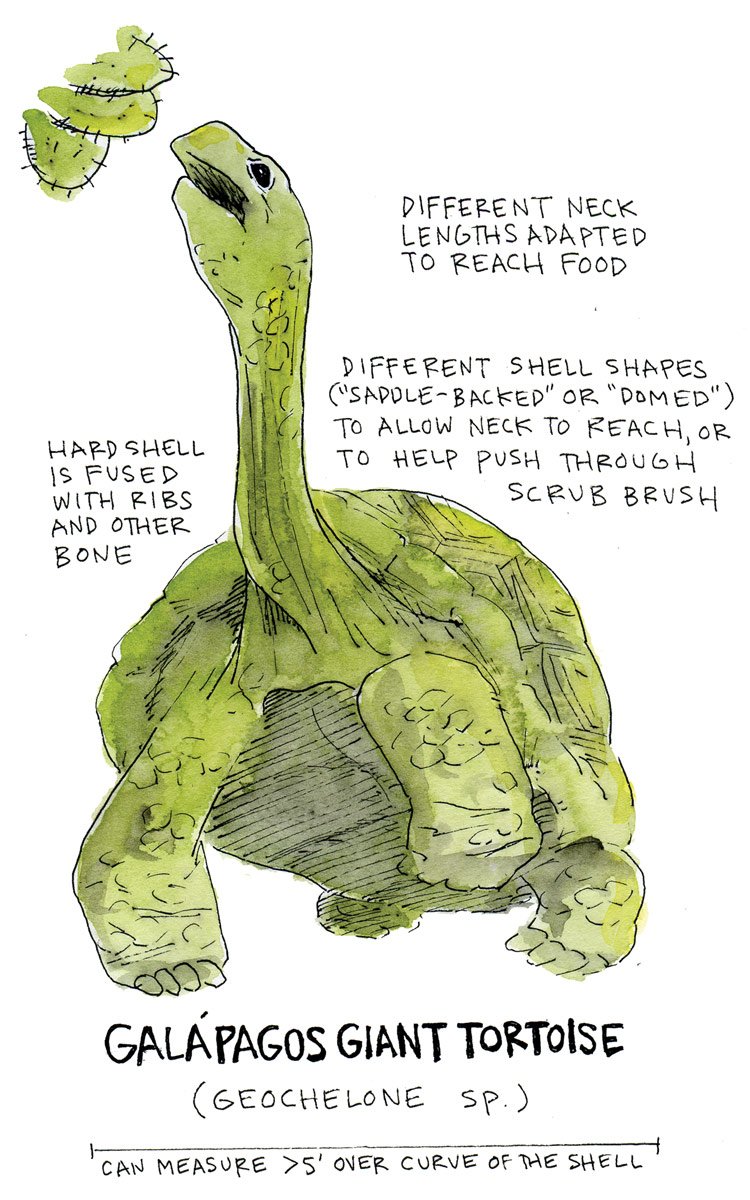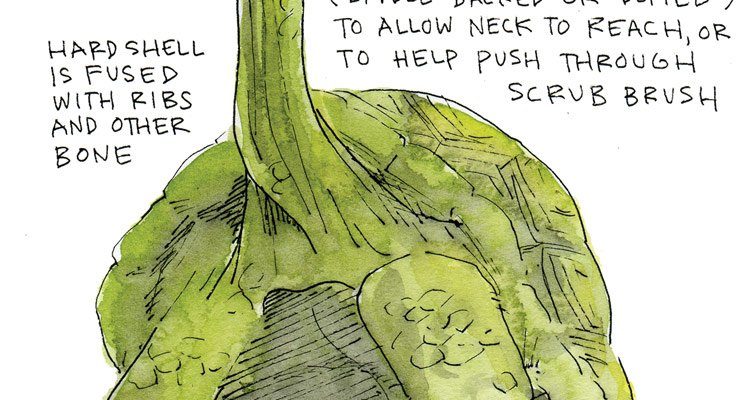
If you’ve ever wondered how these gentle giants have adapted through time, you’re in for a treat. The Galápagos tortoise is one of the most studied species regarding evolution. Charles Darwin famously noted their unique characteristics during his famous voyage to the Galápagos Islands in the 1830s. Today, we’ll journey through their evolutionary path, exploring how they came to be the iconic creatures we recognize today.
The Birth of the Galápagos Islands
To understand the Galápagos tortoise, we first need to take a look at the islands themselves. The Galápagos Islands are a chain of volcanic islands that erupted from the ocean floor millions of years ago. Picture this: a hot, bubbling cauldron of lava slowly cooling and forming land. These islands are located about 600 miles off the coast of Ecuador, isolated from the mainland and each other.
This isolation played a crucial role in shaping the evolution of species, including our tortoise friends. Over time, as different volcanic eruptions created new islands, various species arrived, often by drifting on ocean currents. Some brave tortoises made the journey, and their adaptations began as soon as they set foot on the islands.
Adapting to Unique Environments
Once the tortoises arrived on these islands, they began to adapt to their environments. The Galápagos Islands have a range of habitats, from dry scrublands to lush, moist highlands. The tortoises developed two main types based on their habitats: the saddle-backed tortoises and the domed tortoises.
Let me explain. Saddle-backed tortoises have a raised front shell that allows them to stretch their necks high to reach the leaves on taller cacti. In contrast, the domed tortoises, typically found in the lush highlands, have shorter necks and more rounded shells that protect them from the rain. This adaptability is a prime example of how species evolve in response to their surroundings.
As they adapted, the tortoises also developed physical and behavioral traits that helped them thrive. Think of it like customizing your car for better performance—these tortoises customized themselves for their unique habitats!
Survival and Reproduction Strategies
Survival isn’t just about adapting to the environment, though; it’s also about passing on genes to the next generation. Galápagos tortoises have fascinating reproductive strategies, often laying eggs in nests dug into the ground. The mother tortoise can lay anywhere from 2 to 16 eggs at a time.
After laying their eggs, the mothers leave—an almost risky move. It may sound harsh, but this is a natural instinct. By hiding the nests, they minimize the risk of predation. The hatchlings then face a perilous journey to survive, dealing with threats from both native and introduced species.
Here’s the thing: Galápagos tortoises can live for over 100 years! This long lifespan allows them to reproduce slowly, giving each hatchling time to grow strong and adapt. However, with the slow rate of reproduction, any threats that endanger their survival can have significant consequences.
Human Impact on Galápagos Tortoises
Sadly, the arrival of humans has drastically altered the fate of the Galápagos tortoise. When sailors and settlers first arrived in the 18th and 19th centuries, they often hunted tortoises for food. The tortoise’s slow movement made them easy targets.
Moreover, invasive species introduced by humans—like rats and goats—further threatened their survival. You could say it was like throwing a wrench into a well-oiled machine. These invasive animals predated on tortoise eggs and competed for food, making survival even tougher for our slow-moving friends.
Fortunately, conservation efforts have stepped in to help protect these remarkable tortoises. Programs aimed at removing invasive species and breeding tortoises in captivity are crucial to ensuring their future.
The Role of Conservation in Modern History
In recent years, conservation efforts have gained momentum, focusing on protecting the remaining populations of Galápagos tortoises. Organizations are working tirelessly to restore habitats and create safe environments for these creatures. One successful initiative is the captive breeding program, where tortoises are raised in secure facilities before being released back into the wild.
Let’s talk numbers. In the 1970s, the population of Galápagos tortoises had dwindled to around 3,000 due to hunting and habitat loss. Thanks to conservation, their numbers have increased to over 20,000 in recent years. It’s a feel-good story where humans play the role of the protector rather than the destroyer.
These efforts remind us of the importance of protecting unique ecosystems and the species that inhabit them. After all, these tortoises have been part of the Earth’s story for millions of years, and it’s our responsibility to ensure they continue to thrive.
Why the Galápagos Tortoise Matters
So, why should you care about the Galápagos tortoise? These magnificent creatures are living examples of evolution and adaptation. Their unique features tell us about their environment and the story of life on Earth. By studying them, scientists learn about the delicate balance of ecosystems, conservation, and the impact of human actions on the planet.
Additionally, the Galápagos tortoise holds cultural significance, especially in Ecuador, where they are a source of pride and identity. Protecting them not only honors their legacy but also supports biodiversity efforts worldwide.
Looking to the Future
The future of the Galápagos tortoise depends on ongoing conservation efforts and public awareness. The more people know about these amazing creatures and their challenges, the more likely they will support conservation initiatives. Everyone can play a role, from visiting the islands responsibly to advocating for conservation policies.
As we continue to learn more about these tortoises and their ecosystems, we must commit to protecting them for future generations. After all, the Galápagos tortoise is not just a species; it’s a living link to the history and evolution of life on Earth.
In closing, the Galápagos tortoise reminds us that evolution is an ongoing process, full of surprises and challenges. They’ve adapted, survived, and thrived against the odds—what a remarkable journey! So next time you think about these gentle giants, remember they’re not just ancient creatures; they’re a symbol of resilience in the face of change.

